⛳ Grab your free “SOLID STRIKE” course 👇
https://scratchgolfacademy.com/ssf
🏌🏻 Get Coaching From Adam Here:
In this video, Adam shares his top tips for achieving the “perfect” golf swing with 3 key moves for effortless power. Learn how to generate speed without sacrificing control, and feel the difference in every swing. Whether you’re a beginner or a seasoned player, these simple tips can unlock a whole new level in your game.
ADAM BAZALGETTE’S COACHING BACKGROUND:
✅ 4-Time SW Florida PGA teacher of the year winner!
✅ 27-year Class A PGA Member
✅ Former director at David Leadbetter Golf Academy for 13 years
✅ Hosted corporate outings worldwide
✅ Regular Golf Channel appearances
✅ Coached players on PGA, LPGA, PGA Champions Tour, and Canadian Tour
➡️ VISIT OUR WEBSITE: https://scratchgolfacademy.com
➡️ INSTAGRAM: https://instagram.com/scratchgolfacademy
➡️ FACEBOOK: https://facebook.com/scratchgolfacademy
➡️ TWITTER: https://twitter.com/scratch_golf
⛳ GET YOUR FREE SGA MEMBERSHIP HERE: https://scratchgolfacademy.com
Hello there, Adam Basiljette, founder of Scratcholf Academy. Today, the perfect golf swing. Is there such a thing? Well, do these three things I’m going to show you and you’ll have to some degree effortless power. Show you three areas of the swing. Easy drills to match. Okay, number one for me, energy wasters in the golf swing. The tendency so many players have to just snatch the club head back without really engaging their body. Once you get that sequence, there’s a couple of reasons I think this cost you power. show you from that way in just a moment before our drill. But once you get the club head leading, it’s hard to get the sequence right. If this begins your core and your movement and the club responds to that, it is much easier to get that dynamic sequence that you’d see say throwing a ball that gives you energy. Let’s check it from here. Okay. The other way, this takeaway hurts power. It generally cost you centrifugal force. My old boss, David Leid, used to have a string with a golf ball on it. He’d get that thing going like this, showing the golf school students once it was in orbit, you could create a lot of speed without much movement, then he would deliberately move his wrist and wobble the ball and you’d lose the speed. So, what typically happens to most players when they do this, Ray Floyd used to do it, not have this problem, but for most players, once the club’s out of balance, they’re starting to naturally try to compensate for it, then often recompensate. The whole swing gets too wobbly. It loses that nice clean plane, and as a result, as there’s constant adjustments in it, you lose speed that way. Okay, so here’s a drill I would recommend. Get your trail hand flat in front of the grip, just under your lead hand, and make a few little practice moveways. I feel the movement being generated from my core and my torso here a little bit. And you’ll notice I’m just going just beyond this back leg. My palm and therefore club face are pointed more or less in at the ball or in at the target, not where most people point them, which is over there. So, I would do a couple of little practice pumps like that. Get that feel. You’ll feel more of a concave look if you look in a mirror. Once you’ve felt it, just put the other hand on the club and just hit a small shot out there. See if you can duplicate it. Okay, number two on my list. So, we’ve talked a little bit about the takeaway. Basically, a good back swing with the pivot, the movement it creates, and the wrist stores energy, but most people that’s all the energy they store. They dissipate it in an attempt to add speed and try to hit the ball hard. So, what we’re seeing with the great players, they not only store energy going back, they continue to store it and add it in the early part of the down swing. Again, if you just thrust the club, though, you’re going to lose that precious energy. Let me show you in slow motion, then we’ll check it from here. So, as I go back there, you can see my hands are about above the the middle of that bucket. Look where the club is at vertical, but notice with the change of direction how that angle becomes more acute. the angle between the arms and the club. More stored energy, giving me something to really release through the ball. Now, when people, and it’s so common, thrust excessively trying to pick up speed at the golf ball, not only do they lose wrist angle, we were just looking at that, but almost invariably they force the club back in front of them or steep if you like. Remember, the longer the club stays more behind you or more from the inside, the more distance between club and ball is retained, the more snap there is when you need it. So, the drill I want you to do, tee up a ball. I’m going to go with it off the ground. See how we do eight. I’m not trying to hit it very far. Now, I’m going to make some little practice pumps where I just feel a little dynamic move from my core. Not a whole lot of movement here. I’ll feel some stretch in my lat. I feel it’s enough to get my wrist to bounce a bit and store energy. And as I do it, the feeling is the club is continuing to stay in a dimension that’s more over here. So, we can go bounce bounce through and hit your shot there. Great way to get the feel. Alternate those with regular shots. So the third and final thing in my perfect golf swing, so to speak, something that would add effortless power, and that is deliver less loft at impact. Most golfers, you watch them in slow motion through there, there’s not much shaft lean. The left wrist, the lead wrist if you like, looks cuped and up here. Great players, lots of shafting, tilting the face. Knuckles of the glove hand would be under there as they go through. So when you deliver less loft, you compress the ball better. But you’ve got to remember if you’re going to come down too steeply and start chopping at the ball, we’ve been dealing with those things a little bit. You better bail out or you’re going to bury the club in the ground. So you have to come in nice and shallow and level and then tilt the loft off. Let me show you close up this drill. So lead hand down near the bottom of the grip. I’ll have to stand slightly closer to the ball. You should rehearse this, by the way, without a ball for a while and then use a tea. I’m going to be daring and not use it. Little shot. I want to feel a little bit of pop in the club, but I really want to accentuate that tilt. And when I finish, which is only maybe a foot beyond the ball, I should feel very flat, very turned under in those knuckles there and just tilting the loft against the ball. You’ll have a much more heightened sense of what’s going on in that hand on this small swing with one hand on the club than you would at full speed with two hands. Let’s try it. I’ll show you one in slow motion. So, as we showed you in segment two a few minutes ago, if the club comes in shallow from behind you, you’re really sweeping along the ground. Now, you’re in a position where you can deloft it and get that slight downward hit and compress it. So, here we go. Choke down here. Small swing. Feel my knuckles tilt. That was a nice one. A nice low, solid shot there. Not going to retake that one. That’s as good as I can do it. So, I hope this drill helps you. I hope this video helps you with these different drills. Touch on these bases. You will help your ball striking and increase your power. [Applause] [Music] [Applause] [Music]

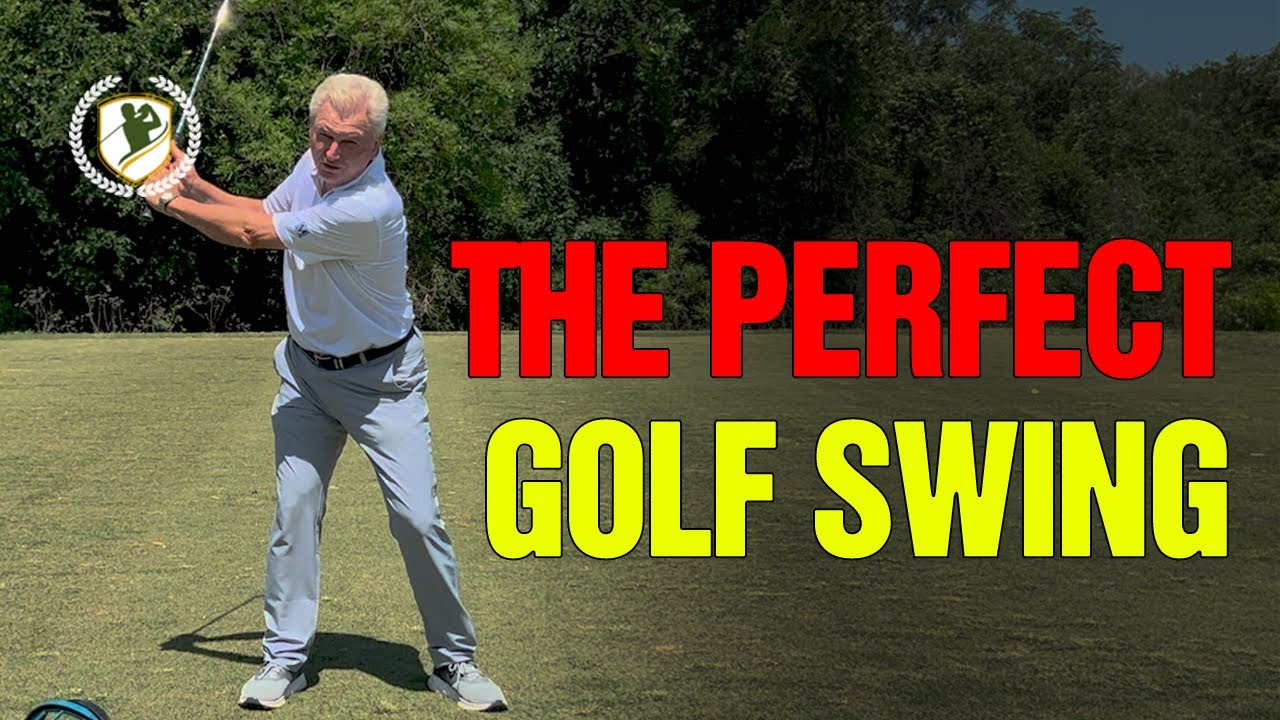
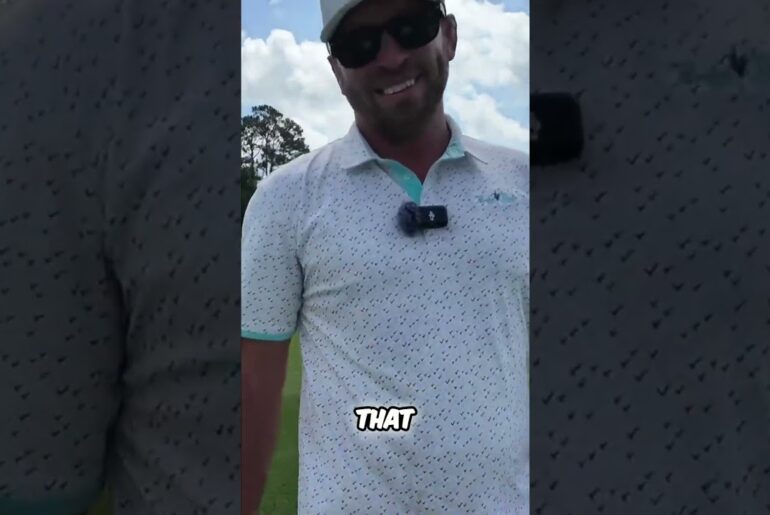
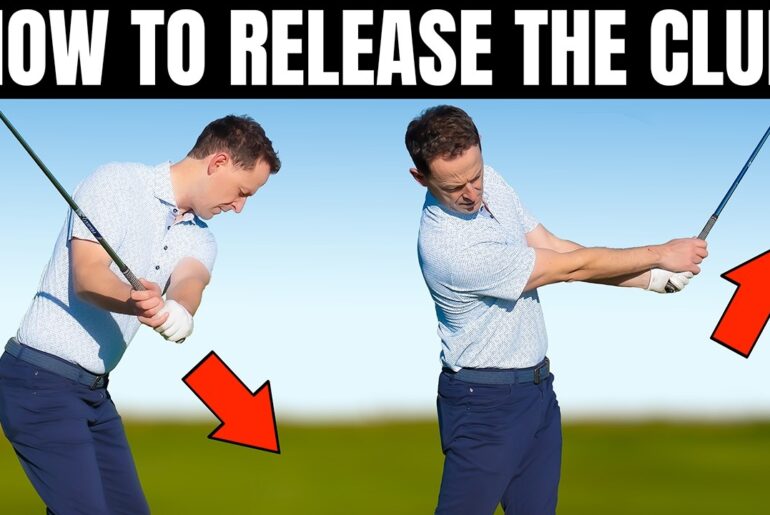
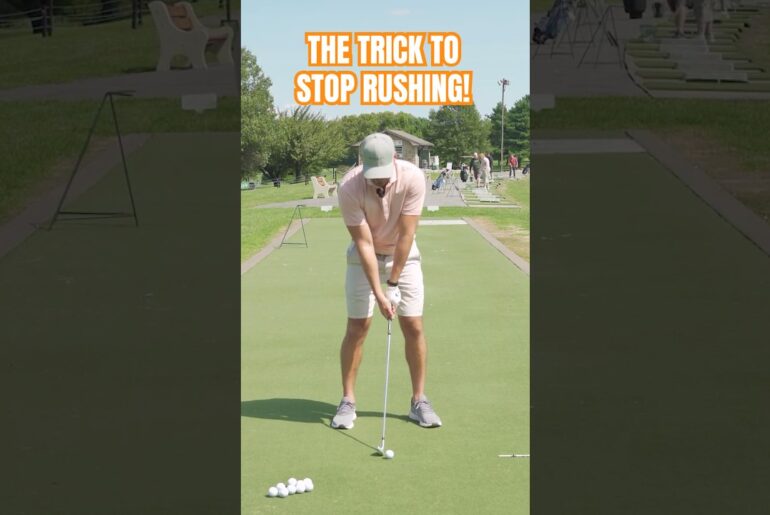
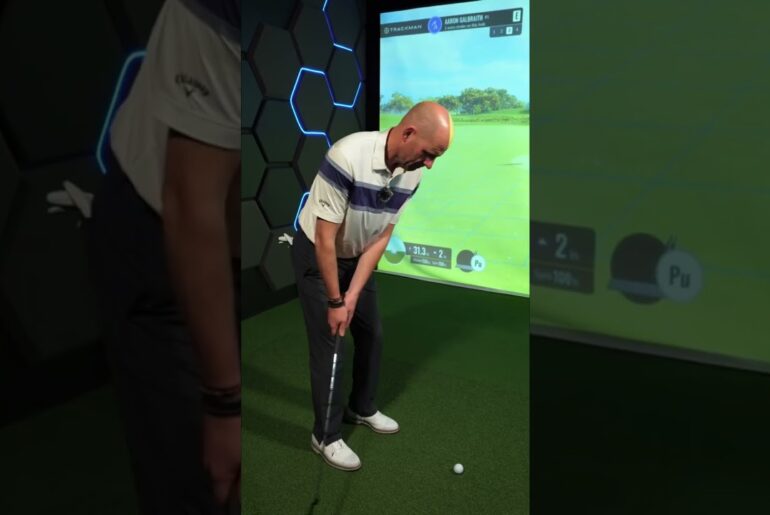

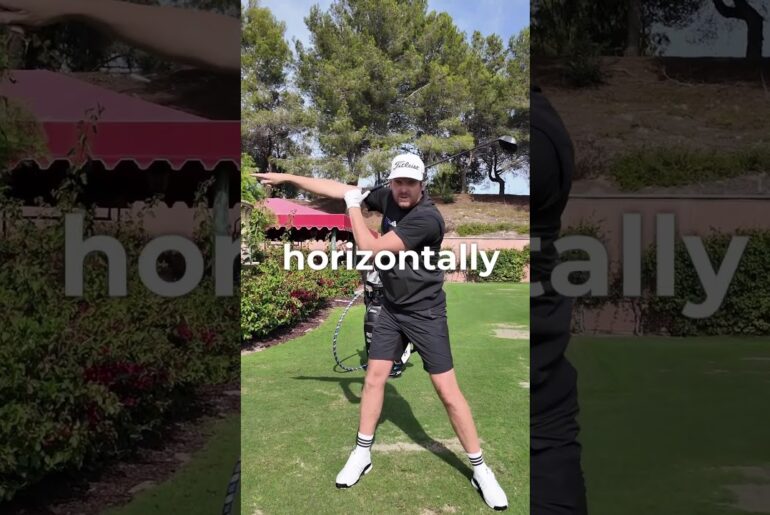
10 Comments
Excellent tips. Thanks
Thought on downswing where you avoid turning until your arms have dropped down then you rotate through and extend
My takeaways:
Smoother and slower for power.
It’s all in the wrist.
Don’t scoop the ball.
Good one Adam. Thanks.
I introduce people to SGA every chance I get.
You guys won me over with the Moe Norman analysis video
👏👏👍💪💯
His is a swing you never get tired of looking at…like a Couples or Els.
Great video as usual!
great tips thank you!
Thanks coach, have a great day sir.